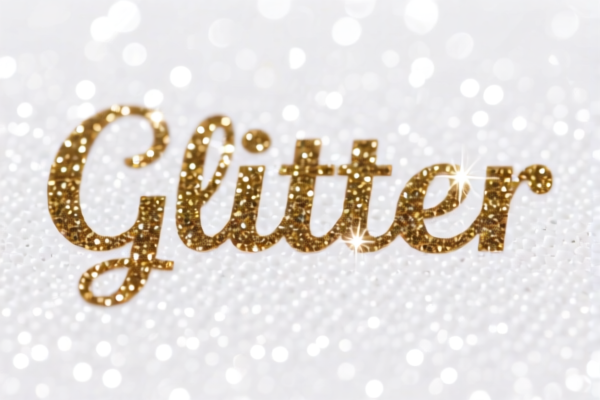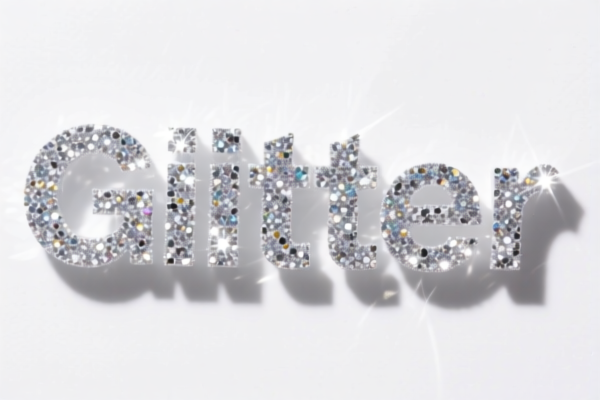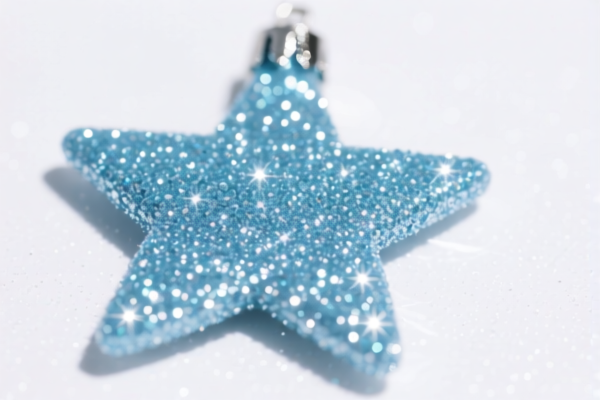| HS Code | Official Doc | Tariff Rate | Origin | Destination | Effective Date |
|---|---|---|---|---|---|
| 7108110000 | Doc | 55.0% | CN | US | 2025-05-12 |
| 9006690150 | Doc | 30.0% | CN | US | 2025-05-12 |
| 9505904000 | Doc | 30.0% | CN | US | 2025-05-12 |
| 8109990000 | Doc | 58.7% | CN | US | 2025-05-12 |
| 9006690110 | Doc | 30.0% | CN | US | 2025-05-12 |




Here is the detailed classification and tariff information for the declared product "glitter" (which may include various forms such as glitter powder, flash paper, etc.) based on the provided HS codes and tax details:
✅ HS CODE: 7108110000 - "哑光金粉" (Matte Gold Powder)
- Base Tariff Rate: 0.0%
- Additional Tariff: 25.0%
- Special Tariff after April 11, 2025: 30.0%
- Total Tax Rate: 55.0%
- Notes:
- This code applies to matte gold powder, which is a type of glitter.
- The high tax rate is due to the additional tariffs and the special tariff after April 11, 2025.
- Proactive Advice: Confirm the exact composition and intended use of the product to ensure correct classification.
✅ HS CODE: 9006690150 - "闪光灯罩" (Flash Lamp Cover)
- Base Tariff Rate: 0.0%
- Additional Tariff: 0.0%
- Special Tariff after April 11, 2025: 30.0%
- Total Tax Rate: 30.0%
- Notes:
- This code applies to components of flash lamps, such as lamp covers.
- The tax rate is affected only by the special tariff after April 11, 2025.
- Proactive Advice: Ensure the product is not classified under a different category (e.g., lighting equipment).
✅ HS CODE: 9505904000 - "闪光彩纸" (Flash Color Paper)
- Base Tariff Rate: 0.0%
- Additional Tariff: 0.0%
- Special Tariff after April 11, 2025: 30.0%
- Total Tax Rate: 30.0%
- Notes:
- This code applies to flash color paper used in entertainment or decorative purposes.
- The tax rate is affected only by the special tariff after April 11, 2025.
- Proactive Advice: Confirm the intended use and whether it's for commercial or personal use.
✅ HS CODE: 8109990000 - "锆抛光粉" (Zirconium Polishing Powder)
- Base Tariff Rate: 3.7%
- Additional Tariff: 25.0%
- Special Tariff after April 11, 2025: 30.0%
- Total Tax Rate: 58.7%
- Notes:
- This code applies to zirconium polishing powder, which is a type of industrial abrasive.
- The high tax rate is due to the base tariff, additional tariffs, and the special tariff after April 11, 2025.
- Proactive Advice: Verify the exact material composition and confirm if it's used for industrial or decorative purposes.
✅ HS CODE: 9006690110 - "快速闪光灯泡" (Fast Flash Lamp Bulb)
- Base Tariff Rate: 0.0%
- Additional Tariff: 0.0%
- Special Tariff after April 11, 2025: 30.0%
- Total Tax Rate: 30.0%
- Notes:
- This code applies to fast flash lamp bulbs, typically used in entertainment or photography.
- The tax rate is affected only by the special tariff after April 11, 2025.
- Proactive Advice: Ensure the product is not classified under a different category (e.g., general lighting equipment).
📌 Important Reminders:
- April 11, 2025 Special Tariff: Applies to all the above products. Ensure your customs declaration includes the correct HS code and tax rate applicable after this date.
- Material Verification: Confirm the exact composition and intended use of the product to avoid misclassification.
- Certifications: Check if any certifications (e.g., safety, environmental) are required for import.
- Tariff Changes: Monitor any updates to tariff policies, especially after April 11, 2025.
Let me know if you need help with customs documentation or further classification. Here is the detailed classification and tariff information for the declared product "glitter" (which may include various forms such as glitter powder, flash paper, etc.) based on the provided HS codes and tax details:
✅ HS CODE: 7108110000 - "哑光金粉" (Matte Gold Powder)
- Base Tariff Rate: 0.0%
- Additional Tariff: 25.0%
- Special Tariff after April 11, 2025: 30.0%
- Total Tax Rate: 55.0%
- Notes:
- This code applies to matte gold powder, which is a type of glitter.
- The high tax rate is due to the additional tariffs and the special tariff after April 11, 2025.
- Proactive Advice: Confirm the exact composition and intended use of the product to ensure correct classification.
✅ HS CODE: 9006690150 - "闪光灯罩" (Flash Lamp Cover)
- Base Tariff Rate: 0.0%
- Additional Tariff: 0.0%
- Special Tariff after April 11, 2025: 30.0%
- Total Tax Rate: 30.0%
- Notes:
- This code applies to components of flash lamps, such as lamp covers.
- The tax rate is affected only by the special tariff after April 11, 2025.
- Proactive Advice: Ensure the product is not classified under a different category (e.g., lighting equipment).
✅ HS CODE: 9505904000 - "闪光彩纸" (Flash Color Paper)
- Base Tariff Rate: 0.0%
- Additional Tariff: 0.0%
- Special Tariff after April 11, 2025: 30.0%
- Total Tax Rate: 30.0%
- Notes:
- This code applies to flash color paper used in entertainment or decorative purposes.
- The tax rate is affected only by the special tariff after April 11, 2025.
- Proactive Advice: Confirm the intended use and whether it's for commercial or personal use.
✅ HS CODE: 8109990000 - "锆抛光粉" (Zirconium Polishing Powder)
- Base Tariff Rate: 3.7%
- Additional Tariff: 25.0%
- Special Tariff after April 11, 2025: 30.0%
- Total Tax Rate: 58.7%
- Notes:
- This code applies to zirconium polishing powder, which is a type of industrial abrasive.
- The high tax rate is due to the base tariff, additional tariffs, and the special tariff after April 11, 2025.
- Proactive Advice: Verify the exact material composition and confirm if it's used for industrial or decorative purposes.
✅ HS CODE: 9006690110 - "快速闪光灯泡" (Fast Flash Lamp Bulb)
- Base Tariff Rate: 0.0%
- Additional Tariff: 0.0%
- Special Tariff after April 11, 2025: 30.0%
- Total Tax Rate: 30.0%
- Notes:
- This code applies to fast flash lamp bulbs, typically used in entertainment or photography.
- The tax rate is affected only by the special tariff after April 11, 2025.
- Proactive Advice: Ensure the product is not classified under a different category (e.g., general lighting equipment).
📌 Important Reminders:
- April 11, 2025 Special Tariff: Applies to all the above products. Ensure your customs declaration includes the correct HS code and tax rate applicable after this date.
- Material Verification: Confirm the exact composition and intended use of the product to avoid misclassification.
- Certifications: Check if any certifications (e.g., safety, environmental) are required for import.
- Tariff Changes: Monitor any updates to tariff policies, especially after April 11, 2025.
Let me know if you need help with customs documentation or further classification.
Customer Reviews
The info on zirconium polishing powder (HS Code 8109990000) was thorough. The 58.7% total tax rate is a bit high, but the breakdown of base, additional, and special tariffs made it easier to understand.
I was looking for HS code details on flash color paper, and this page had everything. The 30% tax rate and notes about commercial vs personal use were super helpful.
The tariff rates for 9006690150 are clear, but I wish there were more examples of what flash lamp covers look like. Still, the info was helpful for my import planning.
Great breakdown of HS Code 7108110000 for matte gold powder. The detailed tax info and special tariffs after April 11, 2025 were exactly what I needed for exporting.